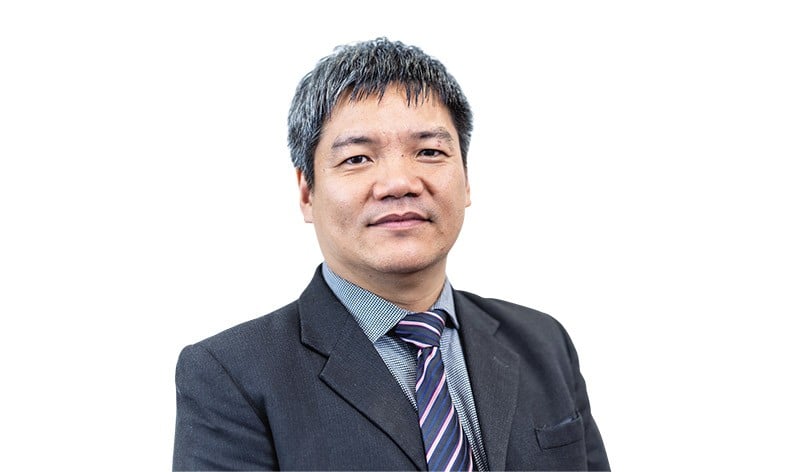 |
| Mr. Nguyen Ba Hung, chief economist of the Asian Development Bank (ADB) in Vietnam. (Photo: Investment Newspaper) |
How do you evaluate the development of the Vietnamese economy in recent times? What are the highlights according to ADB's observations?
In the first nine months of 2025, Vietnam's economy recorded a fairly positive growth rate of 7.85% - an impressive result compared to the increase of 6.82% in the same period last year. Notably, the growth rate in the first nine months of 2022 reached 8.83%, when the economy recovered strongly after the Covid-19 pandemic. Since then, economic conditions have continued to improve.
Several positive factors have boosted growth since the beginning of the year.
First, Vietnam's trade and export activities will increase sharply in the first months of 2025, as businesses accelerate deliveries to take advantage of existing tax incentives before the new US reciprocal tax rate takes effect.
Total trade turnover in the first nine months of the year is estimated at 680.66 billion USD, up 17.3% over the same period last year. Of which, exports reached 348.74 billion USD, up 16%, while imports reached 331.92 billion USD, up 18.8%, bringing the trade balance to a surplus of 16.82 billion USD.
Second, the strong growth of export-oriented manufacturing industries has led to the development of related industries, contributing to promoting overall exports.
Third, the beginning of 2025 also witnessed a positive investment trend, especially public investment. For example, in early September, 250 projects were started with a total investment capital of up to 51.2 billion USD, of which 37% came from state capital and 63% from other sources.
How has Vietnam's inflation control been since the beginning of the year, sir?
Vietnam's inflation remained at 3.27% in the first nine months of the year compared to the same period last year, lower than the 4-4.5% target set by the Government . This is a positive signal for the economy.
Inflation is forecast to reach 3.9% in 2025 and could ease slightly to 3.8% in 2026. Cooling global energy prices have contributed to lower transportation costs, which account for a significant proportion of the basket of goods and services used to calculate consumer prices.
However, price increases in the state-controlled health, education and electricity sectors continue to create inflationary pressures. In addition, increased public investment and credit growth may push up prices of raw materials and services. Currency depreciation may also increase import costs, thereby affecting inflation.
In addition, Vietnam's current account recorded a surplus and the international balance of payments was almost balanced - positive signals for macroeconomic stability.
ADB has just raised its growth forecast for Vietnam this year. In your opinion, what factors have had the strongest impact on this adjustment decision?
The upward revision to the growth forecast reflects the fact that Vietnam’s exports and foreign direct investment (FDI) inflows have remained stable, despite tariff measures from the United States – factors that have had a stronger impact on other trading partners in the region.
In terms of forecasts, we adjust growth based on specific indicators in Vietnam, including the economic environment, inflation, trade, domestic and foreign investment. At the same time, growth results in the past and from the beginning of 2025 are also included in the analysis to make the forecast.
We also believe that although the Government has implemented target-oriented policies, there is often a certain lag in achieving specific results. This lag depends on the implementation capacity of relevant agencies.
However, there is always opportunity in risk. If risks are not controlled or policies are not implemented effectively, growth may fall short of expectations. On the contrary, if implemented well, growth opportunities can be expanded strongly.
How might US tariff policies affect Vietnam's ability to attract FDI, sir?
Despite facing significant tariffs from the US, FDI disbursement in the first nine months of 2025 still reached $18.8 billion, up 8.5% year-on-year and the highest level for the nine-month period in the past five years. Most of this capital flow came from operating projects.
Also in the first nine months of the year, total foreign investment capital including newly registered capital, increased adjustments, capital contributions and share purchases reached 28.54 billion USD - up 15.2% over the same period last year, showing that investor confidence continues to be strengthened.
However, uncertainty over tax policy remains a concern for FDI and trade. Exports to the US are expected to slow significantly after the new 20% tariff comes into effect, causing export-oriented manufacturers to delay or scale back expansion plans. Trade flows may also be adjusted as businesses restructure supply chains and pricing strategies.
In fact, import turnover began to slow down in August, down 0.8% compared to July; in September, it continued to decrease by 0.7% compared to the previous month. However, in the first 9 months, exports still increased by 16% and imports increased by 18.8%.
In the remaining months of the year, tariffs will continue to weigh on trade and investment, highlighting the urgent need to shift to a more balanced growth model – with stronger domestic demand and more diversified export markets to mitigate tariff shocks.
According to Investment Newspaper
https://baodautu.vn/kinh-te-viet-nam-van-duy-tri-duoc-su-on-dinh-d409968.html?
Source: https://thoidai.com.vn/kinh-te-viet-nam-van-duy-tri-duoc-su-on-dinh-216966.html



![[Photo] Conference of the Government Party Committee Standing Committee and the National Assembly Party Committee Standing Committee on the 10th Session, 15th National Assembly](https://vphoto.vietnam.vn/thumb/1200x675/vietnam/resource/IMAGE/2025/10/15/1760543205375_dsc-7128-jpg.webp)
![[Photo] Many dykes in Bac Ninh were eroded after the circulation of storm No. 11](https://vphoto.vietnam.vn/thumb/1200x675/vietnam/resource/IMAGE/2025/10/15/1760537802647_1-7384-jpg.webp)

![[Photo] The 18th Hanoi Party Congress held a preparatory session.](https://vphoto.vietnam.vn/thumb/1200x675/vietnam/resource/IMAGE/2025/10/15/1760521600666_ndo_br_img-0801-jpg.webp)

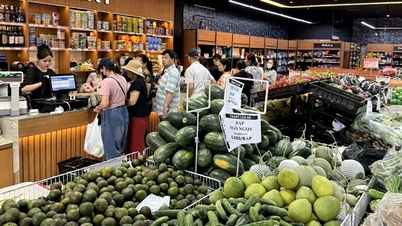

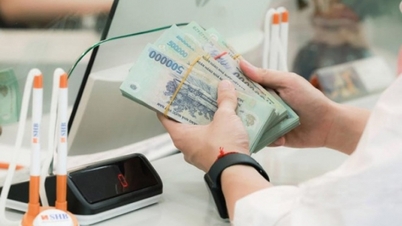

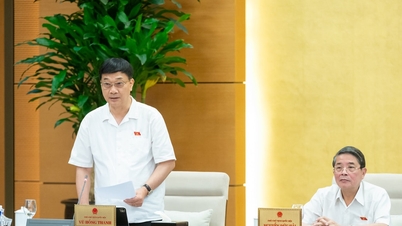





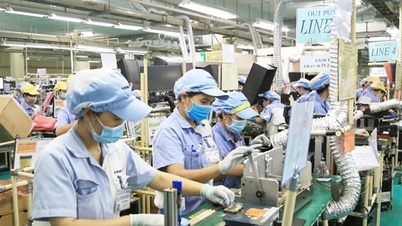


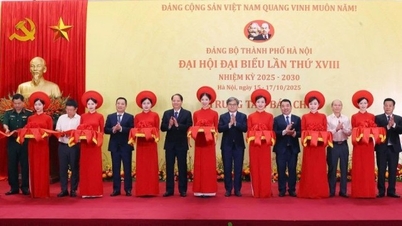
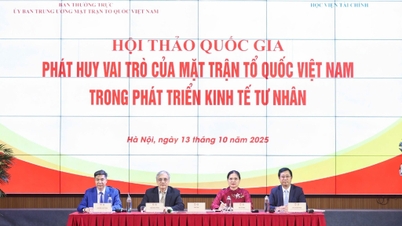
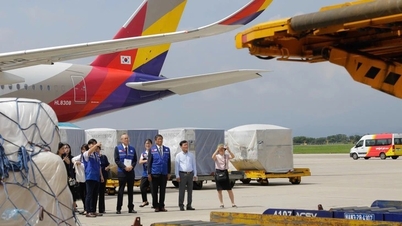
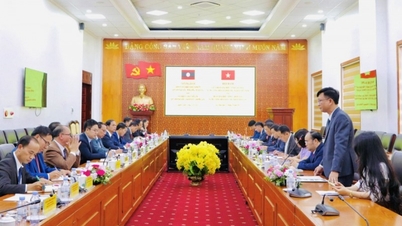
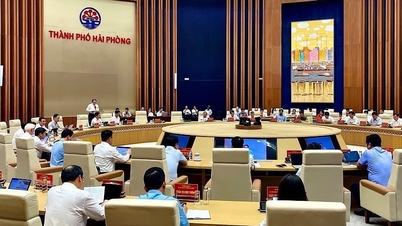




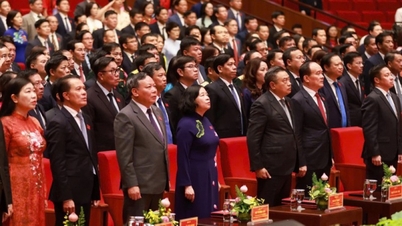
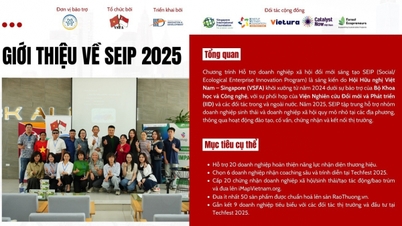
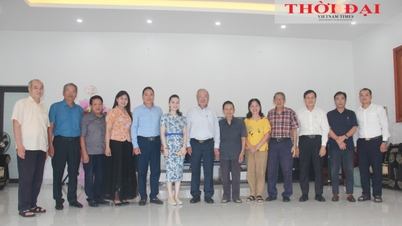

















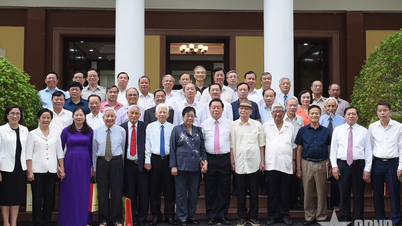






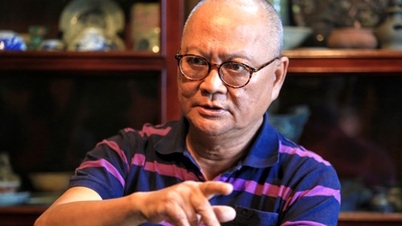


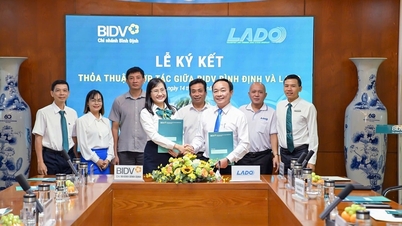











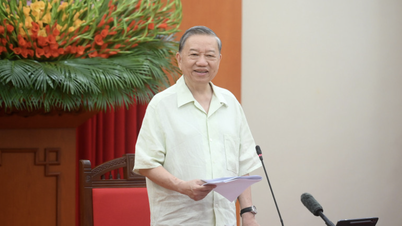
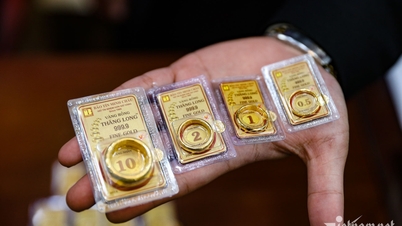
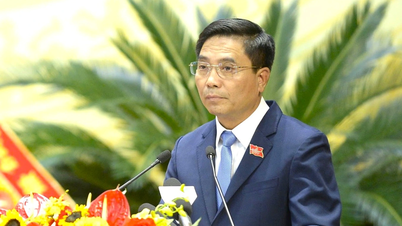
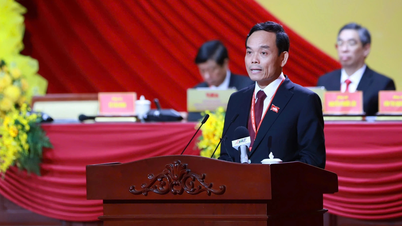
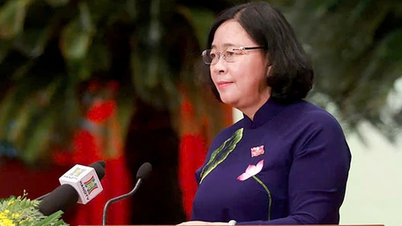

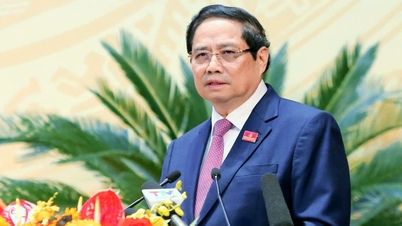
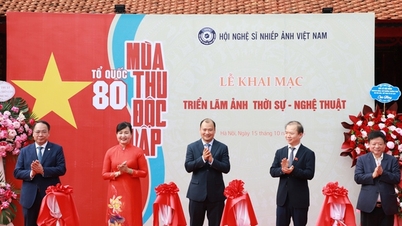



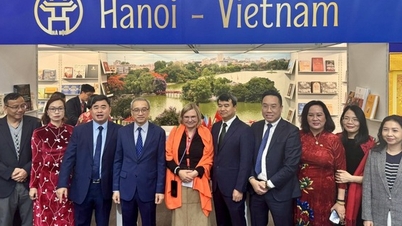



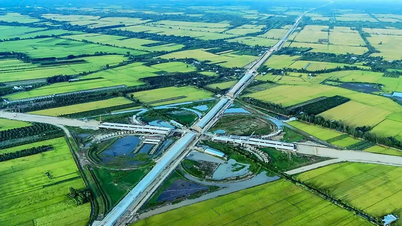




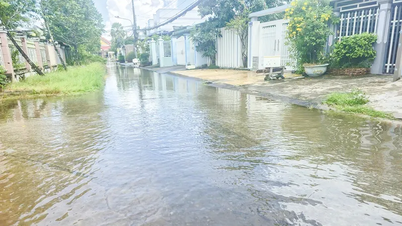

















Comment (0)